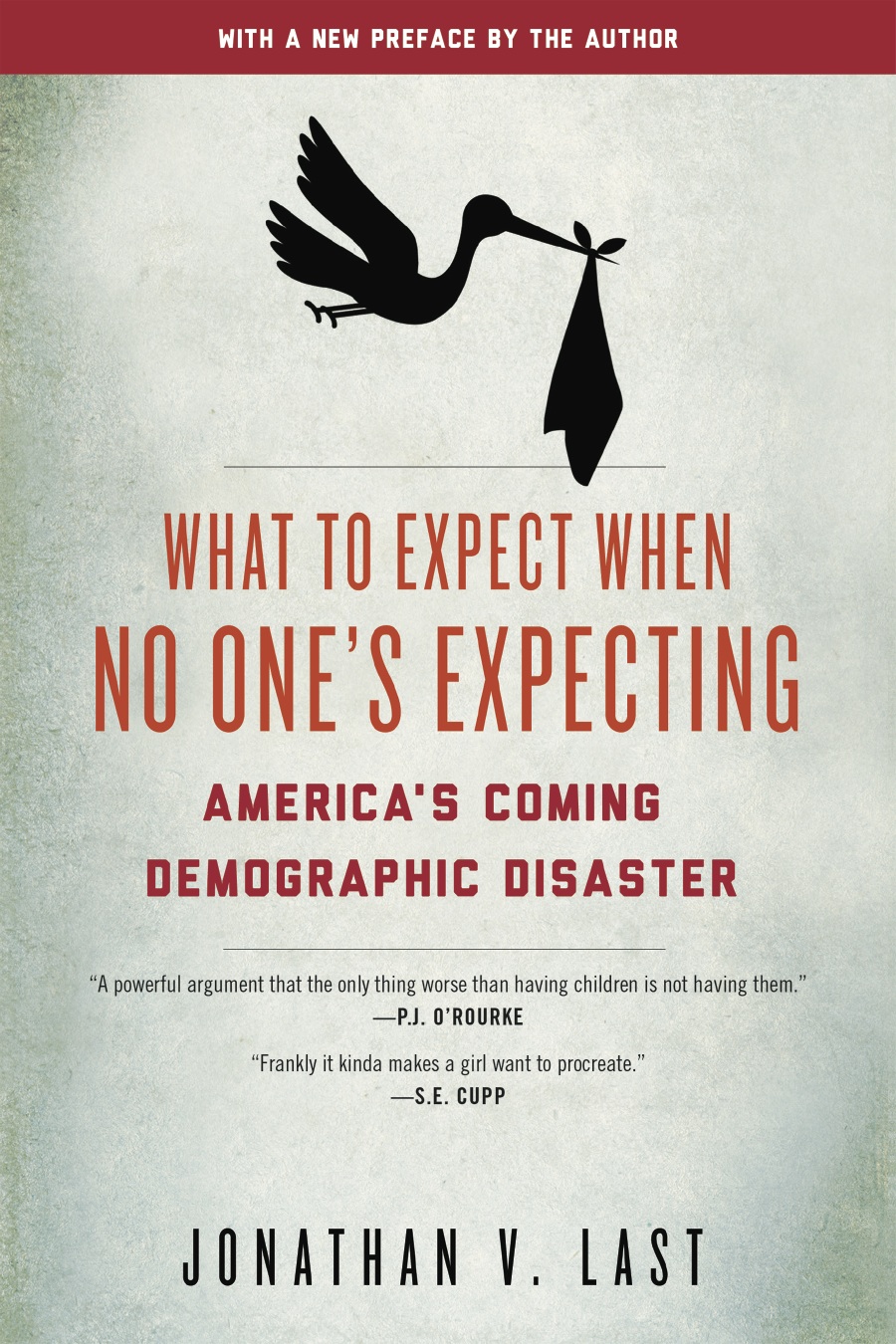October 28th, 2013
Sifting through some DC detritus the other day there was a page set in a military command center in which the characters were staring at a giant map of the United States. The artist had to go to some trouble to make sure that the map was occluded so that certain cities–like New York–weren’t visible. And, by the same token, neither were any of DC fictional cities–Gotham, Central City, Metropolis, Star City. Because DC purposefully never really tells you where these fictional cities are.
I’ve always thought that the fake cities were a problem for DC. One of Marvel’s advantages is having its universe set in a coherent geographical world. By definition, DC can never do that–they won’t even allude to where the fictional cities are.
It’s pretty clear that the DC editorial team has thought this was problematic, too. That’s why, over the years, many heroes have been put into real cities–New York, L.A., San Francisco–which creates even more narrative problems. Because now you have real cities living side-by-side with their fictional doppelgangers. (DC has Gotham and Metropolis already. As Frank Miller always said, they’re both supposed to be New York–Metropolis is New York during the day and Gotham is New York at night. So why did DC need to add a real New York City to the mix, too?)
So when DC went to all that trouble to reboot its entire comic book universe a couple years ago, why didn’t they do away with the fictional cities?
Sure, it would have caused all sorts of momentary fan backlash. But the only two cities people really care about are Metropolis and Gotham. No one was going to cry if you plopped Green Arrow down in Seattle instead of Starling City. And after the initial whining was done with, DC would have cleared space for more narrative cohesion.
I suspect the answer is that they couldn’t reconcile Metropolis and Gotham. Either you make them the same place, and put both Superman and Batman in the same city, or you keep Supes in NYC and put Batman in Chicago. Which probably sounded like a risky proposition.
Which is why I suspect they decided to let the moment pass without doing anything to fix foundational problems in the DCU and contented themselves to just wrecking individual characters.
-
Wouldn’t they also be reluctant to give up the intellectual property of those places? Don’t they need to keep using Gotham & Metropolis to keep their copyrights?
-
No way! Gotham is NY and Metropolis is Chicago. Thus it has always been thus it will ever be.
-
I have always made the assumption that the DC universe base a larger population, perhaps abortion is safe, legal and rare at the worst, and nonexistent at best, such that you could readily add 54M Americans and their offspring to the population.
Perhaps the birth rates are higher and/or Malthusian crises are less frequent, despite, or because, of the presence of Vandal Savage.
In the DCAU, the Art Deco overtones almost suggest to me that the 1960s and all the crap to go along with it and the 1970s never happened in that specific universe. Indeed, the pre-Kennedy assassination optimism still reigned in Dini’s/Timm’s Metropolis and was hoped for in his Gotham.
Regardless of the reasons, there are some non-canon geographic placement of DC cities, especially on an Earth with real cities as well. While NYC takes credit for being NYC, I’ve read places where it was inspired by Philadelphia and its social dynamic more so than NYC (I have no reference for that, but it may be my provincial Philadelphian nature). Metropolis is modeled after Chicago.
Young Justice, the TV series did a good job with placing cities in states overall. I didn’t map it, but still.
Batman the Brave and the Bold had a roadmap for Aquaman’s road trip, but it was fraught with humorous inconsistency and was two standard deviations away from anything remotely canon.
I’ve always marveled at the DC universe in the impact and also non-impact of alien and futuristic technology on the modern day. The non-impact is more interesting than the impact with 21th century day to day tech present with more advanced tech limited largely to heroes and villains.
This has degenerated into a ramble so I’ll sign off.
-
Didn’t the JLA/Avengers miniseries “solve” this by positing that the DC world was a little bit larger than the “real” one and had more room for the extra cities?







Will Truman October 28, 2013 at 5:53 pm
Everyone knows that Gotham City is in New Jersey and Metropolis is in Delaware. Just two more specs along the neverending eastern corridor.
I am personally glad that they kept the cities. That may well be the only thing about New52 that I will give them credit for.